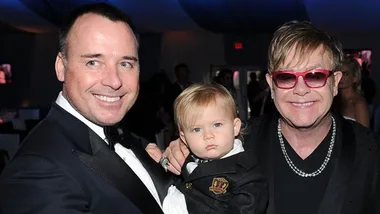A new study into the sexual activity of Victorian high school students has discovered that 10 per cent of children have had sex by the time they reach Year 8.
The study, conducted by doctoral psychology candidates from Deakin University in Melbourne, also found that teenagers who were sexually active by Year 8 were four times as likely to indulge in risky sexual behaviour such as frequent sex, sex with multiple partners and unprotected sex by Year 9.
The preliminary results, which are part of an international study into early teenage sexual behaviour and its psychological effects, and are yet to be published, show that teenagers who have sex early in life are also at greater risk of substance abuse, antisocial behaviour and symptoms of depression.
Health psychologist Laura Prendergast says part of the study involved comparing the sexual behaviours of nearly 1600 students from both Victoria and Washington State in the United States.
“Just under 10 per cent of the students reported having had sex by Grade 8 and the average age at which students began having sex was 14,” says Laura.
“There are, of course, some variations in that. However, these kids are quite young compared to the rest of the Australian population where the average age to begin having sex is 17. And it is a similar age in the US, too.
“In terms of the outcomes associated with that – which is what the study was most concerned with – those having sex early were four times more likely to have had risky sex by the time they reached Year 9.”
Laura says that the study also shows that substance abuse – consuming alcohol, tobacco or one of a range of illicit drugs including marijuana, LSD and ecstasy – among those students who had sex early was double that of teenagers who didn’t and had usually started by Year 9.
“There was also a twofold increase in anti-social behaviour among these students too, about the same increase as for substance abuse,” she says.
Interestingly, substance abuse and anti-social behaviour existed at higher rates in Victoria than in Washington.
“We were surprised by that because in Victoria the education Department has substantial harm minimisations schemes in place,” says Laura.
“We expected it to be slightly lower.”
She says that at 10 per cent the rate is relatively low for those engaged in sex at an early age, there are still important consequences of which we as a society should be aware.
“We still need more research into this area,” says Laura.
“Studies like this are rare and we need to perhaps be able to identify those who are likely to start having sex early because of those consequences. Perhaps what the study shows so far is the need for more targeted messaging in sex education. In general, there is comprehensive sex education across the country but it doesn’t start until Year 9 and that is why we chose to concentrate on grades rather than age so that the information can be used in future health policy formation and what happens in sex education for those younger grades.”



